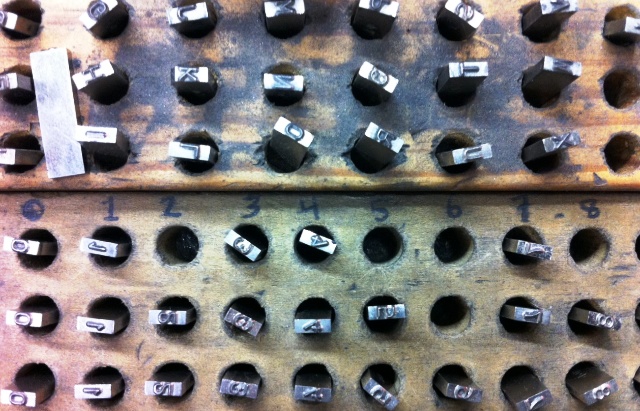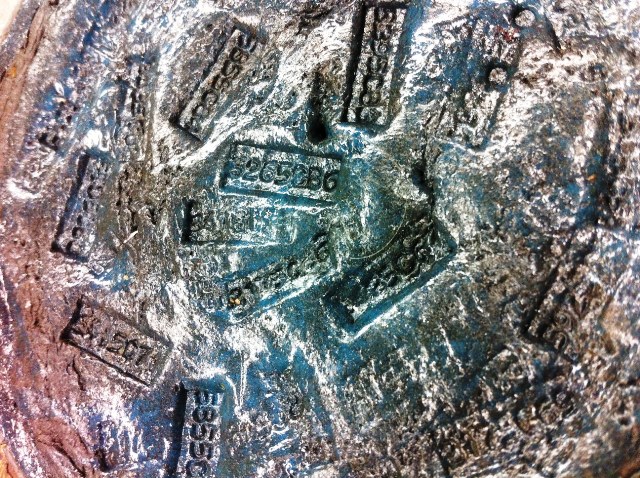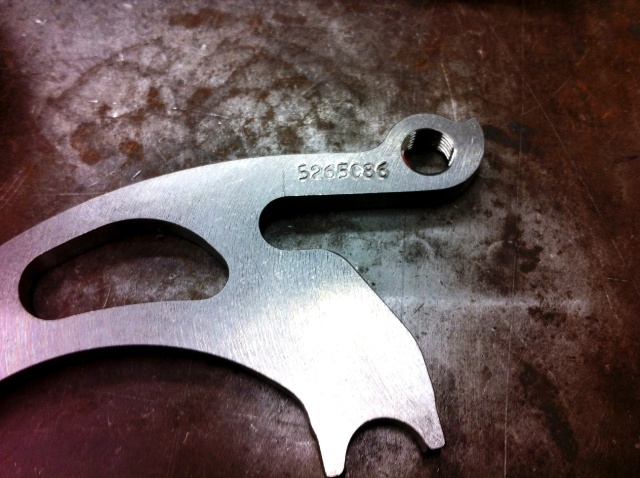Our friend Phil tests the 622 SLX (and its handling) on the cobbles of Northern France.
For a simple machine, it can be hard to understand how to make a bike handle the way you want it to. While a lot goes into how a bike feels on the road, the basic mechanisms of good handling are trail and rake. Trail is the distance between the axis of the headtube, where it intersects the ground, and where the tire actually contacts the ground behind it. Rake, or offset, is the distance between the axis of the headtube and the axis of the front axle, usually between 4 and 6cm.
Our approach, here at Seven, is whenever possible to keep trail constant. The trail sweet spot is just under 6.0 cm. “Sweet spot,” in this case, simply means consistent and predictable handling at any and all speeds.
For example, if a rider is looking for a criterium bike (think: quicker, more agile steering), we keep the trail fixed, and adjust the head tube angle. Steeper is quicker. Of course we’ll change a lot of other geometry elements, too: drop, chainstay length, front center, ride position, tubeset, etc. Conversely, if the rider is looking for a century bike (think: stability), we keep the trail fixed and make the head tube angle slacker. And all the other geometry elements change, too.
Altering trail to affect handling seems like a logical move, but the result is handling that changes throughout the speed range. A high-trail bike will be super stable at high speeds and pretty squirrely at low speeds. High speed stability might sound good but it also means that when getting in and out of corners the bike will fight you. Messing with trail basically means the bike behaves poorly.
Unlike a Seven, plenty of stock bikes don’t have trail in the sweet spot. Riders get used to bad trail. This is particularly noticeable on really small production bikes. Small stock bikes are trying to avoid toe overlap by using a slack head tube angle without an appropriate fork rake; most companies use one or two fork rakes across the size range, so the trail is terrible on bikes with top tubes shorter than about 53 cm. Otherwise, they’re doing something goofy with the geometry somewhere else – seat tube angle, drop, etc., always making compromises because they don’t have the fork rake options to get them back to a reasonable trail.
It’s really interesting when that same, smaller rider gets on a Seven with the right trail; the feedback is that the bike handles amazingly. “It’s on rails,” “telepathic,” and “I descended faster than ever,” are common phrases we’ll here.
Of course there are exceptions to every rule. A few examples of rare instances when we’ll change trail from the sweet spot are:
- We have no option: For example, the rider wants to use a non-Seven fork that only comes in one rake.
- Some specialty bikes: Sometimes on heavy duty randonneuring bikes we’ll do low-trail because this makes the bike more stable at low speeds – and it can help with handlebar bag weight on the front end. On some triathlon bikes we’ll break the trail rule and increase it to make the bike more stable at high speeds. And on most mountain bikes the trail standard gets ditched – in part because of fork rake limitations.
At its most simple: Handling is dictated by head tube angle. Predictability of the handling is determined by fork offset.




